Chinese marine valve product standard encyclopedia
Marine valves are equipment used to control the pressure, flow and flow direction of fluids in marine pipelines to

ductile iron, DI, butterfly valve, manufacturer, center line, TH valve
meet the environmental conditions of ships. A valve is a control device for a fluid pipeline. Its basic function is to connect or cut off the flow of the pipeline medium, change the flow of the medium, change the flow direction of the medium, adjust the pressure and flow of the medium, and protect the normal operation of the pipeline equipment.
GB/T 584 Marine flange cast steel globe valve; GB/T 585 Marine flange cast steel globe check valve; GB/T 586 Marine flange cast steel check valve; GB/T 587 Marine flange bronze globe valve GB /T; 588 marine flange bronze check valve; GB/T 589 marine flange bronze check valve; GB/T 590 marine flange cast iron stop valve; GB/T 59 industrial marine flange cast iron stop check valve; GB/T 592 Marine flange cast iron check valve; GB/T 593 Marine flange bronze and cast iron packing cock; GB/T 594 Marine external thread forged steel globe valve; GB/T 595 Marine external thread bronze globe valve; GB/ T 596 Marine externally threaded bronze check valve; GB/T 597 Marine externally threaded bronze check valve GB/T 598 Marine externally threaded bronze packing cock; GB/T 599 Marine externally threaded bronze discharge cock; GB/T 1241 Marine External thread forged steel stop check valve; GB/T 1850 marine external thread heavy block quick closing valve; GB/T 1852 marine flange cast steel steam pressure reducing valve; GB/T 1853 marine flange cast steel side stop stop Return valve; GB/T 1854 marine flanged cast iron single-row suction stop valve box; GB/T 1855 marine flanged cast iron single-row suction stop check valve box; GB/T 1856 marine flanged cast iron single-row discharge stop valve box; GB/T 1951 Marine low-pressure male-threaded bronze stop valve; GB/T 19 52 Marine low-pressure male-threaded bronze check valve; GB/T 1953 Marine low-pressure male-threaded bronze stop check valve GB/T 2029 Cast steel suction sea valve; GB /T 2030 Bronze suction sea valve; CB/Z 800-2004 GB/T 2032 Marine flanged fire hydrant; GB/T 2499 Marine flanged cast iron double-row globe valve box; GB/T 3036 Marine central butterfly valve; GB/T 3037 Marine double eccentric butterfly valve; GB/T 5744 marine quick closing valve; GB/T 11691 cast steel suction sea valve (four position); GB/T 11692 bronze suction sea valve (four position); GB/T 11696 marine cast steel vertical valve -Shaped check valve; CB/T 304 flanged cast iron right angle safety valve; CB/T 309 marine internal threaded bronze globe valve; CB/T 310 marine internal threaded bronze straight-through check valve; CB/T 311 marine internal threaded bronze packing cock CB 312 pressure gauge valve; CB/T 465 flanged cast iron gate valve CB/T 466 flanged cast steel gate valve CB/T 467 flanged bronze gate valve CB 541 external thread aluminum alloy packing three-way plug CB 557 bronze stop check discharge valve CB 558Pgl 60 male threaded brass air quick start valve CB 561pgl 60 air bottle stop valve CB 563 male threaded aluminum alloy right angle stop valve CB/T 569 marine PM 60 male thread bronze air stop valve CB/T 569 marine PM 60 male thread bronze air stop valve CB 583 flange brass four-way plug CB 584 with check valve high pressure air right angle shut-off valve specification CB 585 with bottom flange right angle blow-off valve CB 587 brass sea valve CB 588 Pg250 diaphragm air right angle shut-off valve CB 589 with Specification for high pressure air right angle shut-off valve with mounting plate CB 590 Specification for high pressure air right angle shut-off valve with mounting plate CB 591 Specification for high pressure air right angle check valve CB 592 with bottom flange Specification for high pressure air right angle shut-off valve CB 593 with bottom flange Specification for high-pressure air right-angle cut-off check valve CB 594 Air right-angle quick-opening valve CB 595 Pg200 air right-angle throttle valve CB 596 Male threaded steel right-angle stop valve CB 597 Male threaded steel right-angle stop check valve CB 598 with bottom flange Male threaded bronze right-angle globe valve CB/T 601 Self-closing drain valve CB/T 624 Water pressure reducing valve CB/T 627 Impact flange cast steel cut-off check valve CB 852 Pg250 Male threaded bronze air straight-through globe valve CB 853 P30 flange cast steel globe valve CB 854 P30 flange bronze globe valve CB 855 P30 flange bronze globe valve CB 898 blowdown side valve CB 900 vertical check valve CB 901 P30 flange bronze gate valve CB 905 emergency tongue Valve CB 907 Male threaded bronze right-angle liquid safety valve CB 909 Angle flap valve CB 1010 Male threaded stainless steel globe valve CB 1049 Double-sided drive emergency side valve CB 3022 Male threaded air signal safety valve CB/T 30 87 flanged cast steel right-angle sea Valve CB 3107 Marine auxiliary boiler feed water stop check valve CB 3124 Pg16 internal thread bronze gate valve CB/T 3191 High pressure manual ball valve CB 3192 external thread steam bronze right-angle safety valve CB/T 3196 flange cast steel seawater stop valve CB/T 3197 method Blue Cast Steel Seawater Stop It Back Valve CB/T 3265 Liquid Level Gauge Self-closing Valve CB 3297 Bellows Type Traps CB/T 3475 Anti-wave Valve CB/T 3476 Vertical Anti-wave Valve CB/T 3477 Closable Vertical Anti-closing Valve Wave valve CB/T 3478 flange suction check valve CB/T 35 91 flange ductile iron tanker gate valve CB/T 3656 marine air pressure reducing valve CB/T 3819 plate lr_E valve CB/T 3841 side Side boiler relief valve CB/T 3843 pressure relief valve.
TH Valve is a professional manufacturer of butterfly valve, gate valve, check valve, globe valve, knife gate valve, ball valve with API, JIS, DIN standard, used in Oil, Gas, Marine industry, Water supply and drainage, fire fighting, shipbuilding, water treatment and other systems, with Nominal Diameter of DN50 to DN1200, NBR/EPDM/VITON, Certificates & Approvals: DNV-GL, Lloyds, DNV, BV, API, ABS, CCS. Standards: EN 593, API609, API6D
Related news /knowledge:
Valve material and valve standards-(6)-gasket material;
The difference between internally and externally threaded valves;
Valve body and material classification;
Valve seat sealing (TH-VSE)

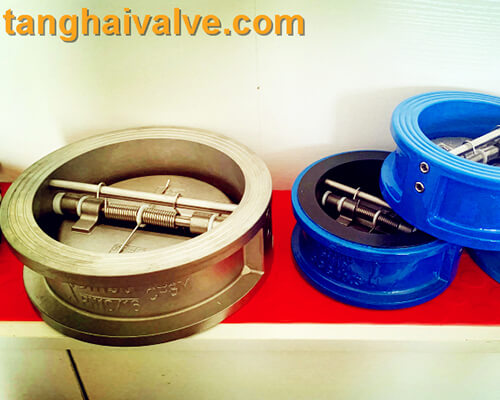
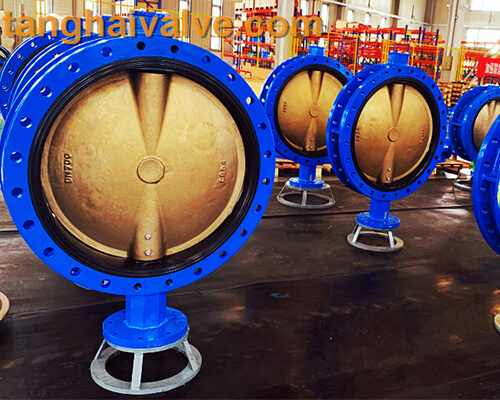

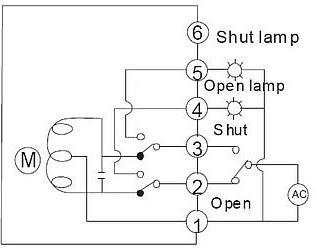
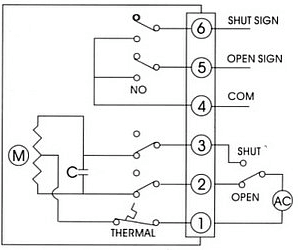
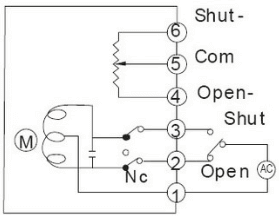
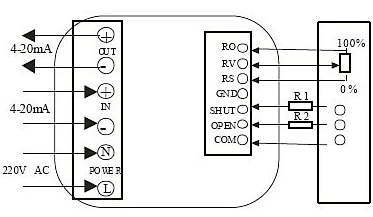
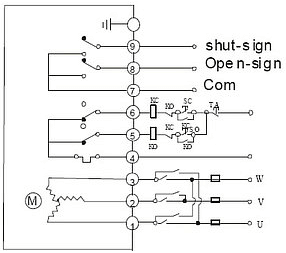
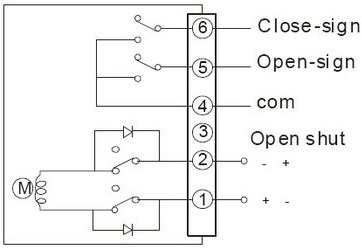
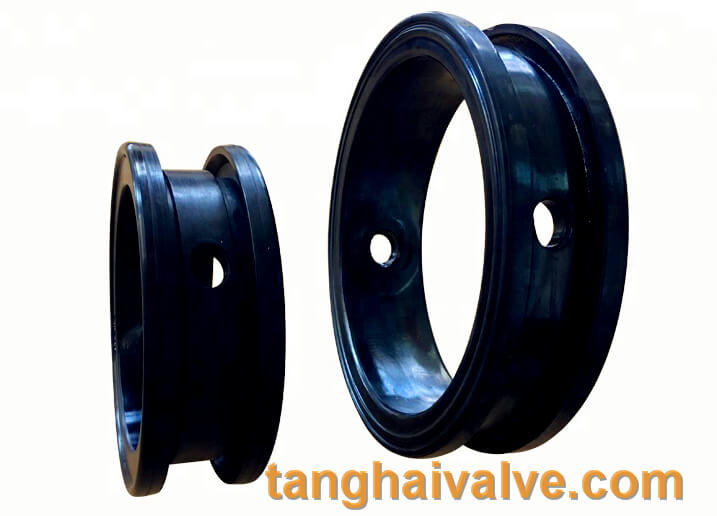
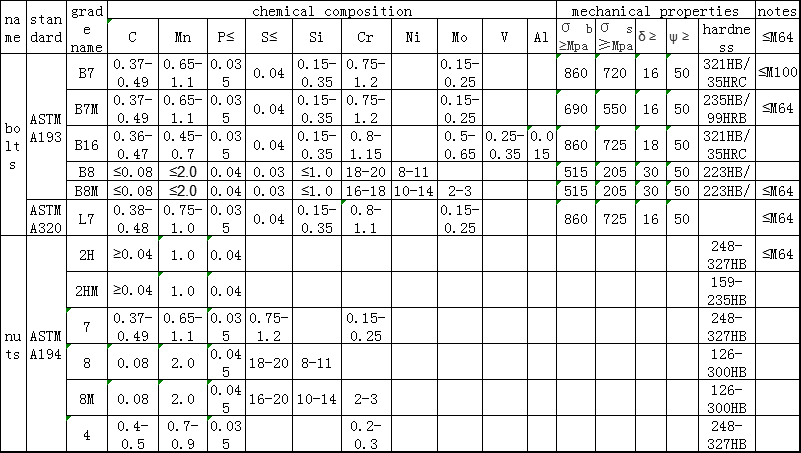
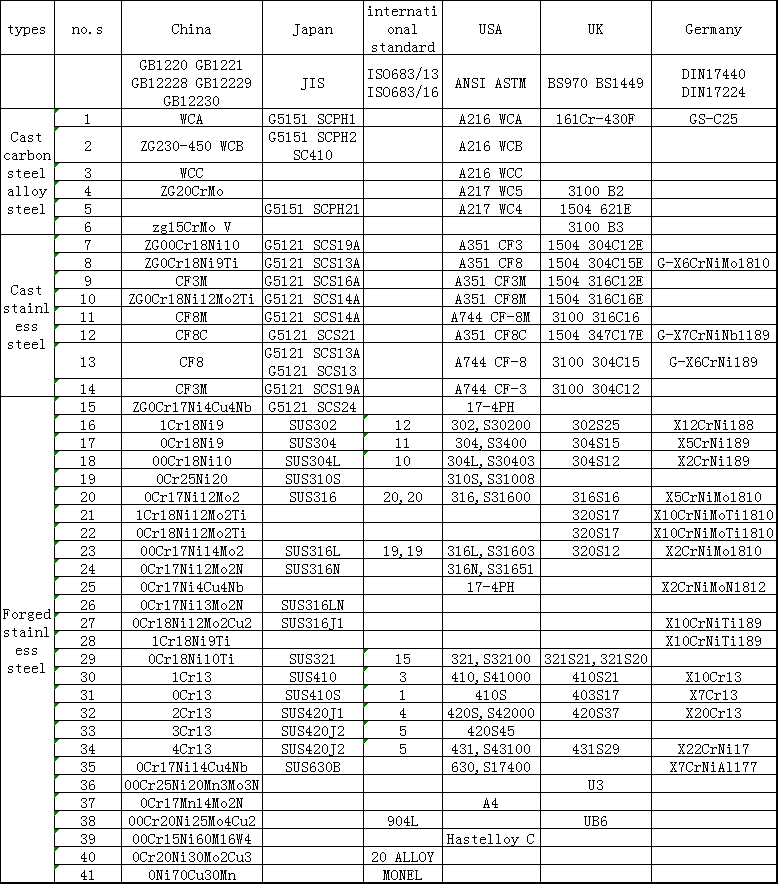
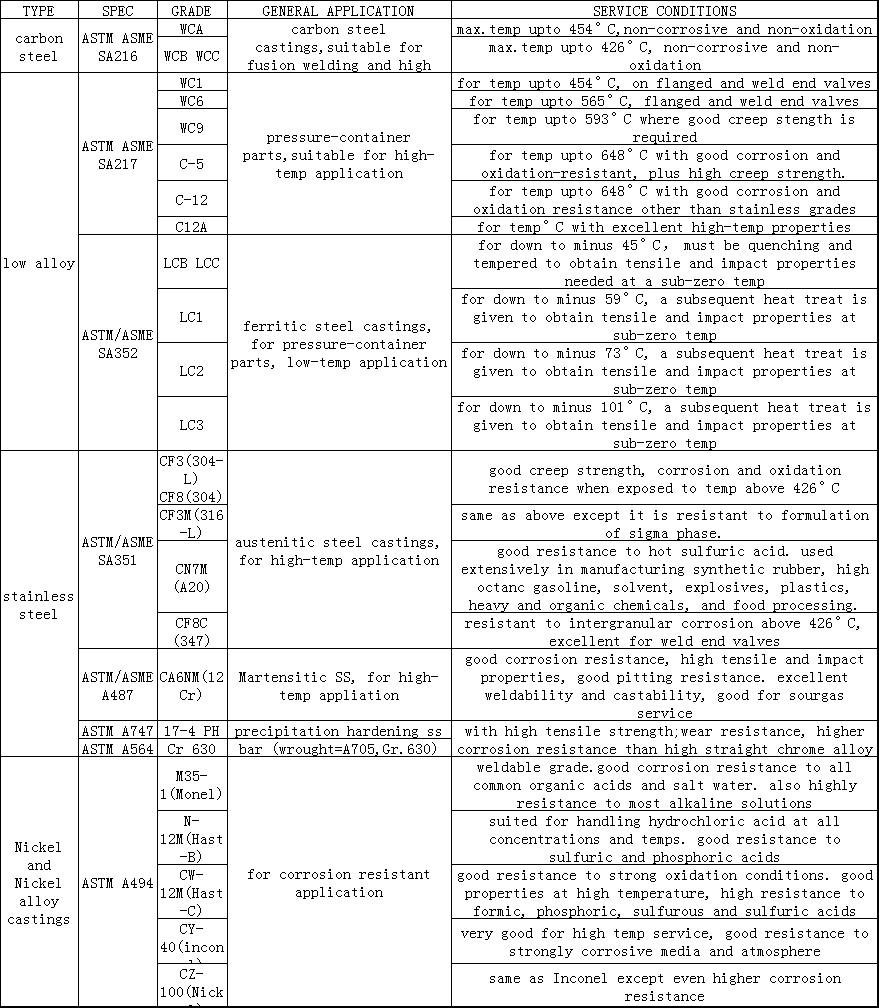
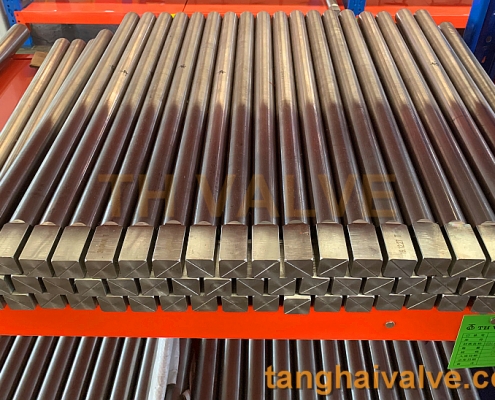
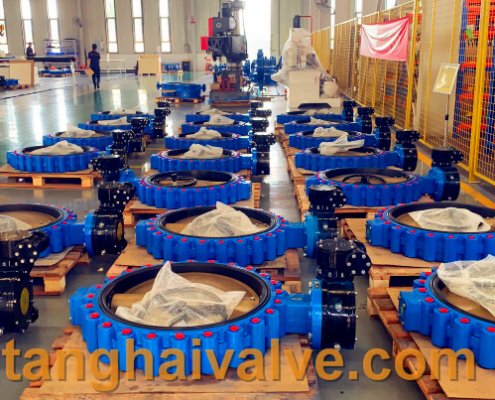


 © Copyright 2020 Tianjin Tanghaidongyang Valve Co., Ltd. All Rights Reserved.
© Copyright 2020 Tianjin Tanghaidongyang Valve Co., Ltd. All Rights Reserved.